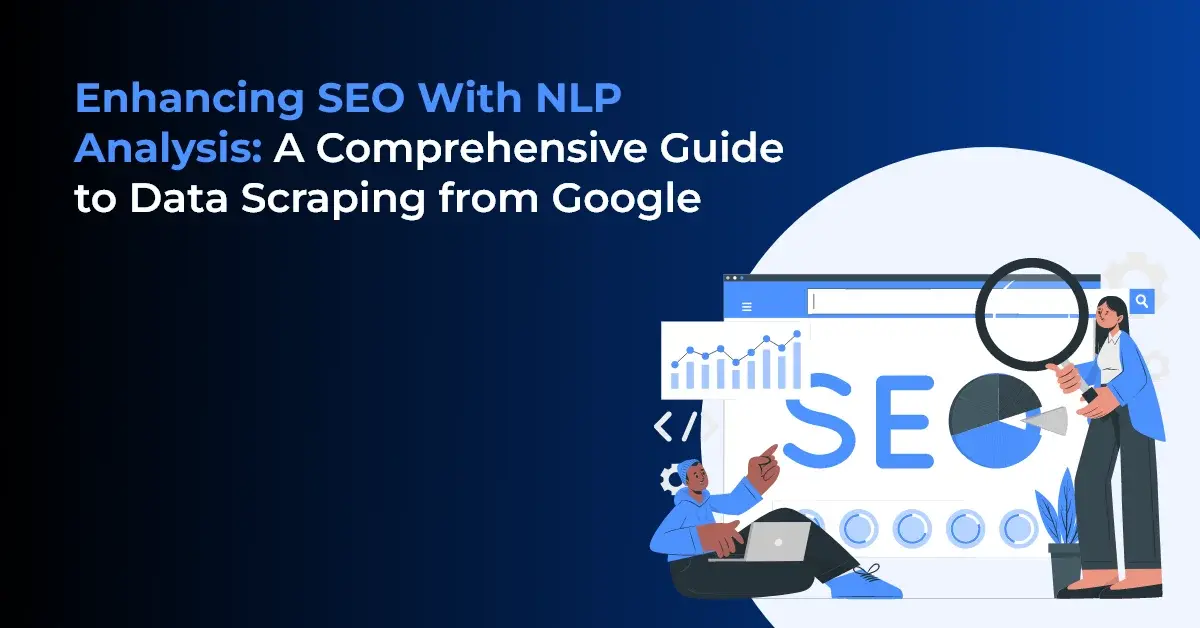Why XML Sitemap Blog Is Important for Your Website

Published on: February 1, 2023
Updated on: October 24, 2024
3094 Views
- SEO (Search Engine Optimization)
6 min read
In the world of SEO, Google always wanted to simplify things. XML sitemap is one of those things. A sitemap is the list of all the essential URLs on your website which helps to provide a roadmap for crawlers. It acts as a navigation for the crawlers that helps them to navigate to all your important pages quickly.
What is an XML sitemap?
XML stands for Extensible Markup Language, and it is a type of markup language that is used to structure data. It is a file that lists all the essential URLs on a website and provides information about each page to search engines.
One of the main benefits of an XML sitemap is that it makes it easier for search engines to crawl and index the important URLs of a website. Search engines use web crawlers to discover and index new pages on the internet, and an XML sitemap can help these crawlers find and access all the pages on a website.
What does an XML sitemap look like?
To create an XML sitemap, you can use a variety of tools and resources, including online sitemap generators, plugins for content management systems like WordPress, and manual creation using a text editor.
It is important to ensure that the XML sitemap is well-formatted and follows the guidelines set by search engines, as this can help improve the chances of the sitemap being successfully processed and used by search engines.
In this example we have created the sitemap using Rank math plugin.
There are different types of XML sitemaps, including:
- Sitemap index files: These are used to group multiple XML sitemaps together and make it easier for search engines to crawl and index a website.
- Post sitemap: These are used to provide information about all the blogs or articles published on the website and can help improve the visibility of images in search engine results.
- Page sitemap: These are used to provide information about all the other pages than blogs or articles and can help improve the visibility of images in search engine results.
- Image sitemaps: These are used to provide information about images on a website and can help improve the visibility of images in search engine results.
- Video sitemaps: These are used to provide information about videos on a website and can help improve the visibility of videos in search engine results.
- News sitemaps: These are used to provide information about news articles on a website and can help improve the visibility of news articles in search engine results.
An XML sitemap can also provide additional information about each page on a website, such as the date the page was last modified and the importance of the page relative to other pages on the website. This can help search engines understand the structure and content of a website and provide more relevant search results to users.
Submitting the XML sitemap:
Once you have created an XML sitemap, you can submit it to search engines through Google search console or by adding it to the robots.txt file on your website. This will help search engines discover and index the pages on your website, improving the visibility of your website in search results.
It is important to note that an XML sitemap is not a replacement for good website architecture and navigation. It is simply a file that can help search engines discover and index all the pages on a website. It is still important to ensure that your website has a clear and logical structure, with links between pages that are easy for both users and search engines to follow.
XML Sitemap Best Practices:
XML sitemaps are a useful tool for helping search engines discover and index the pages on a website, but it is important to follow best practices to ensure that they are effective.
Here are some tips for creating and using XML sitemaps:
- Make sure all important pages are included: An XML sitemap should include all the important pages on a website, including the homepage and any pages that contain valuable content or information. It is a good idea to regularly review the sitemap and add any new pages that are created.
- Use sitemap index files for large websites: If your website has more than 50,000 pages, it is a good idea to use a sitemap index file to group multiple XML sitemaps together. This makes it easier for search engines to crawl and index your website.
- Use relevant tags: The XML sitemap should include relevant tags for each page, such as the page's URL, last modification date, and priority relative to other pages on the website. These tags can help search engines understand the structure and content of a website and provide more relevant search results.
- Use unique URLs: Each page on a website should have a unique URL, and this should be reflected in the XML sitemap. Using unique URLs can help search engines understand the structure and content of a website and prevent duplicate content issues.
- Use correct formatting: It is important to ensure that the XML sitemap is well-formatted and follows the guidelines set by search engines. This can help ensure that the sitemap is successfully processed and used by search engines.
- Update the sitemap regularly: The XML sitemap should be updated regularly to reflect any changes to the website, such as the addition of new pages or the modification of existing pages. This can help ensure that search engines have the most up-to-date information about your website.
- Submit the sitemap to search engines: Once you have created an XML sitemap, you can submit it to search engines through their respective webmaster tools or by adding it to the robots.txt file on your website. This will help search engines discover and index the pages on your website, improving the visibility of your website in search results.
By following these best practices, you can help improve the visibility of your website in search results and attract more visitors.
Conclusion:
In conclusion, an XML sitemap is a useful file for helping search engines discover and index all the pages on a website. It helps to improve the visibility of a website in search results. It is important to ensure that the XML sitemap is well-formatted and follows the guidelines.
Need professional help with XML sitemaps? Write to us at info@growthnatives.com and our digital marketing ninjas will take it from there.
Frequently Asked Questions
An XML sitemap is important because it helps search engines like Google crawl and index your website’s pages more efficiently. It provides a roadmap of your website’s structure and content, making it easier for search engine bots to discover and understand your site.
- Improved crawlability: Search engines can easily find and index all relevant pages on your site.
- Enhanced visibility: An XML sitemap can help your site appear in more search engine results pages (SERPs).
- Faster indexing: New or updated content can be indexed more quickly.
- Better user experience: Users can navigate your site more easily, especially if it’s large or complex.
The purpose of a sitemap on a website is to provide a hierarchical list of all the pages on the site, making it easier for both users and search engines to navigate and understand the site’s structure.
Yes, blog posts should typically be included in the sitemap. Including blog posts in the sitemap can help ensure that they are crawled and indexed by search engines, increasing their visibility in search results.



